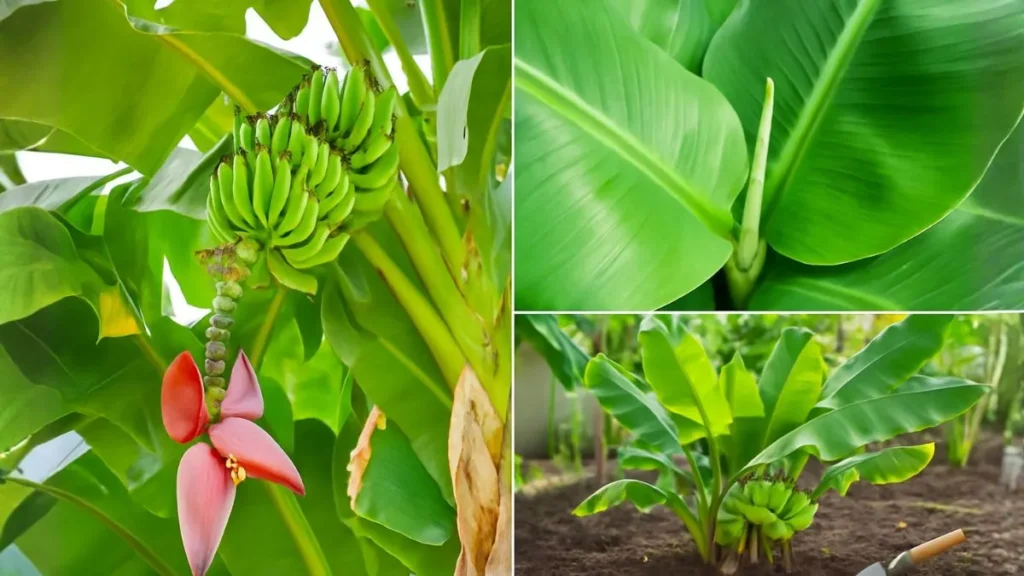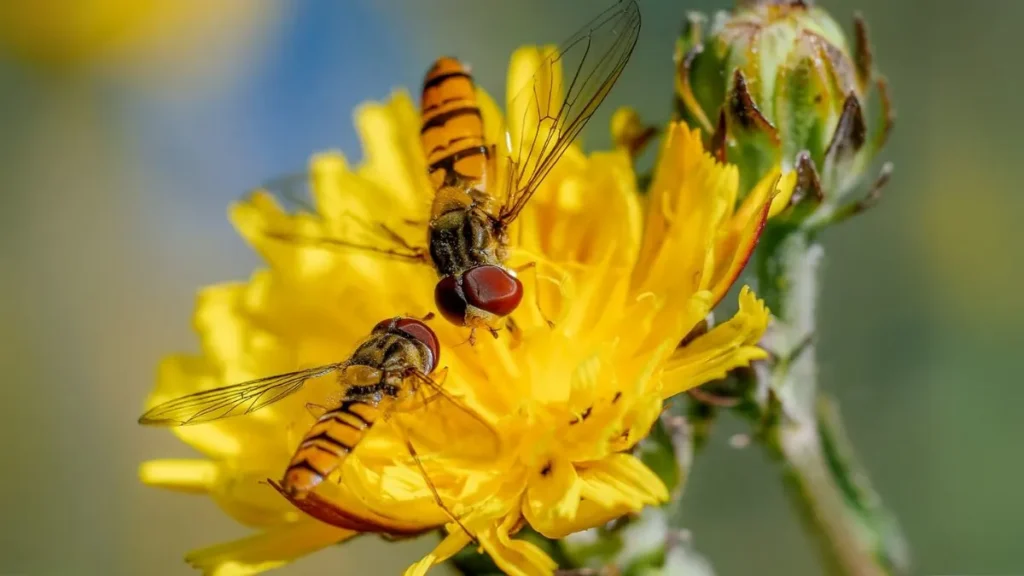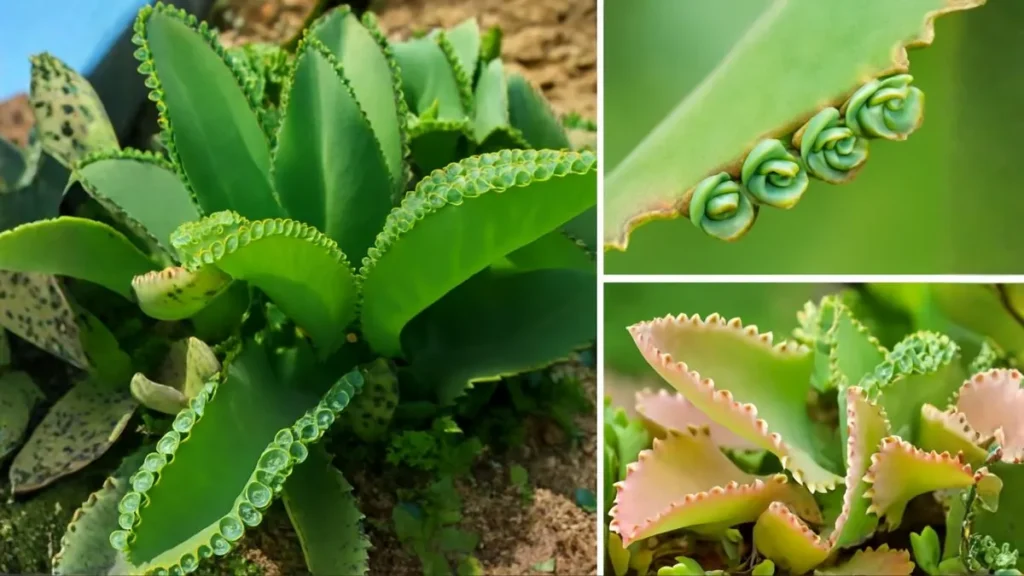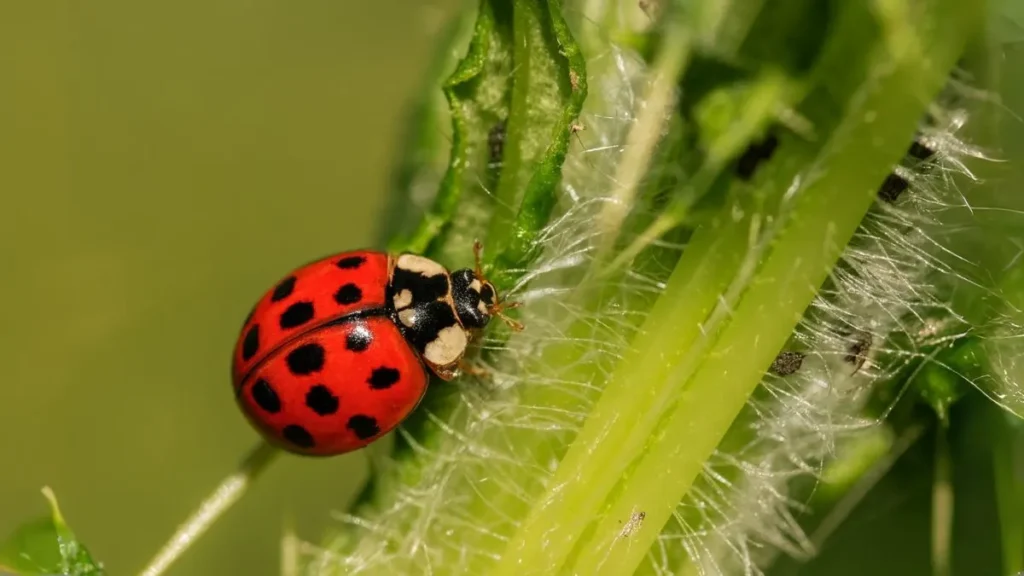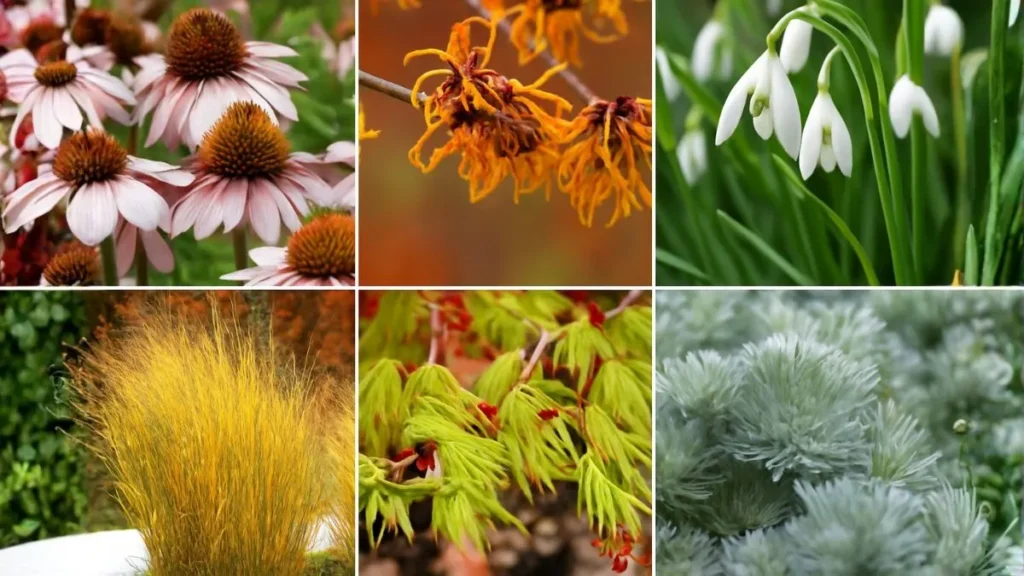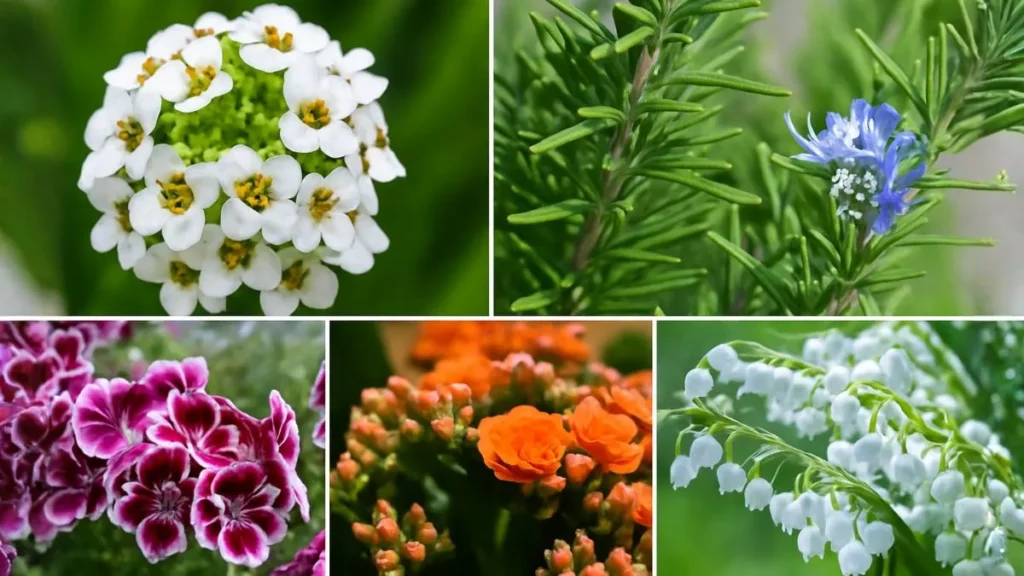Most gardeners see grass clippings as waste, stuffing them into bags for disposal. But in reality, these fresh green leftovers are a powerhouse for your garden. The truth is, they can be used as mulch, a natural fertilizer, and improve soil health, giving you healthier plants without spending a single extra dime.
When I started gardening in Toronto, I used to discard my grass clippings. That changed after a neighbour told me, “You’re literally throwing nutrients into the bin.” Ever since then, I’ve been reusing them—and the results have been nothing short of amazing.
1. Grass Clippings as Mulch
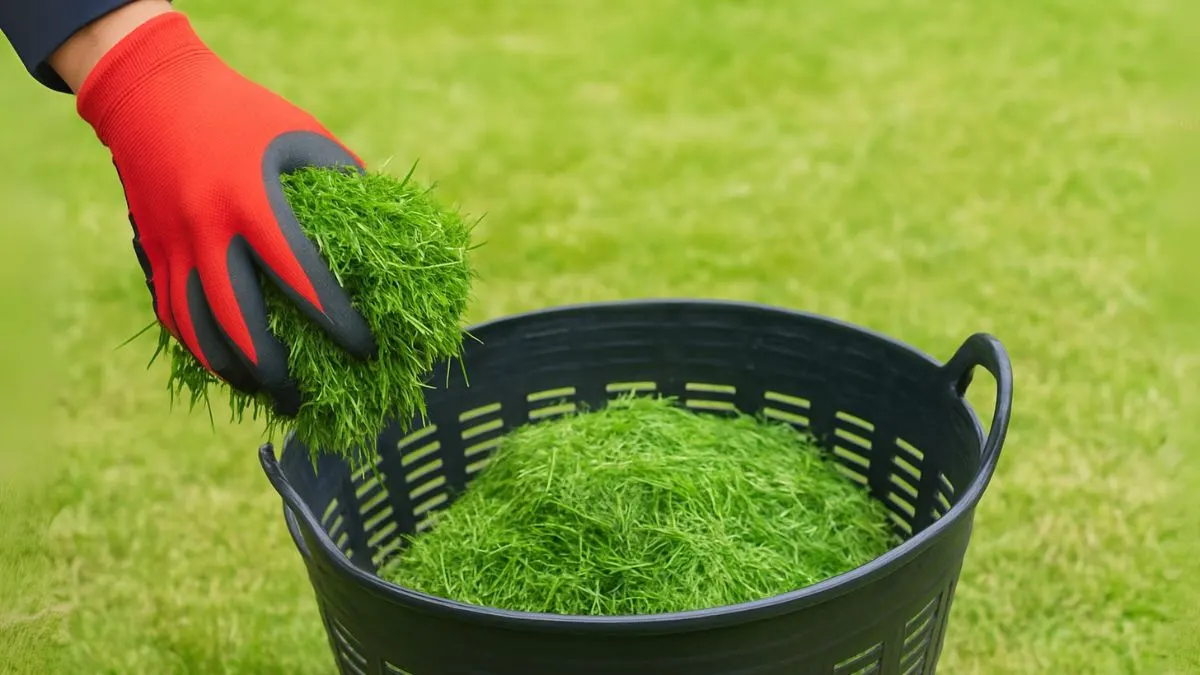
One of the easiest and most effective ways to use grass clippings is as mulch. Grass cuttings can be used as mulch that is good for plants and keeps weeds down while locking in valuable moisture.
Benefits of Mulching with Grass Clippings:
- Keeps the weeds down and don’t have to water as often, thanks to the moisture-retaining layer.
- Gives your garden beds a neat, uniform look.
- Helps regulate soil temperature—keeping roots cooler in summer and warmer in winter.
In my own vegetable patch, mulching with clippings has reduced weeding time by over half. The difference in plant health was visible within weeks.

2. Natural Fertiliser for Thriving Plants
As grass clippings decompose, they release valuable nutrients into the soil. This makes them one of the easiest ways to feed your plants naturally.
The benefits are that the grass clippings will return plant material to your garden soil, enriching it with essential minerals and boosting beneficial microbial activity.
Nutrient Breakdown from Grass Clippings:
Nutrient |
Role in Plant Growth |
How Clippings Help |
Nitrogen |
Promotes lush, green foliage |
Grass clippings are a great source of nitrogen |
Potassium |
Strengthens root systems |
Released during decomposition |
Phosphorus |
Supports flowering and fruiting |
Present in small but beneficial amounts |
Tomatoes, peppers, leafy greens, and even perennials thrive with this natural feeding approach.
3. Improving Soil Health Naturally
Apart from feeding plants, grass clippings improve soil structure over time. As they break down, they add organic matter, making clay soils less compact and sandy soils better at holding moisture. This means better root growth, improved drainage, and more consistent plant performance year after year.
Also Read: Lemongrass: The Stylish Patio Plant That Mosquitoes Hate
4. How to Apply Grass Clippings in Your Garden
There are two main methods:
Fresh Mulch:
- Spread a thin layer (1 inch) around plants.
- Avoid thick piles that can block airflow and cause mold.
Composted Clippings:
- Mix with dry materials like leaves or straw.
- Turn every 1–2 weeks to speed decomposition.
- Ready-to-use compost in 4–6 weeks.
Personally, I use fresh mulch for quick results and composted clippings for long-term soil enrichment.
5. Best Plants for Grass Clipping Benefits
While almost any plant can benefit, some respond exceptionally well:
- Tomatoes & Peppers — Heavy feeders that love the nitrogen boost.
- Perennials like roses and daylilies — Mulching keeps soil moisture stable.
- Vegetable Beds — Fast-growing crops such as lettuce and spinach get steady nutrition.
6. Environmentally Friendly and Cost-Free
Recycling grass clippings keeps them out of landfills, reduces the need for chemical fertilisers, and saves money. You’re essentially turning lawn waste into a free garden resource.
When I think of mowing my lawn now, I see it as harvesting a crop for my garden—a perfect closed-loop system.
7. Tips for Using Grass Clippings Safely
- Avoid clippings from lawns treated with herbicides or pesticides.
- Dry them slightly before thick application to prevent odor or matting.
- Rotate mulch placement for balanced nutrient distribution.
Also Read: Monstera Plant Varieties You Can’t Stop Staring At
A Simple Step for a Healthier Garden
Once you start using grass clippings wisely, you’ll see an improvement in plant health, soil quality, and garden appearance—without spending a cent.
Remember:
- They can be used as mulch, a natural fertilizer, and improve soil health.
- Grass cuttings can be used as mulch that is good for plants and keeps weeds down.
- They are a great source of nitrogen.
- The benefits are that the grass clippings will return plant material to your garden soil.
- Keeps the weeds down and don’t have to water as often.
Your lawn waste can become your garden’s biggest ally—so next time you mow, think twice before bagging those clippings.
